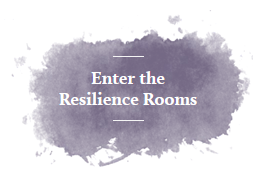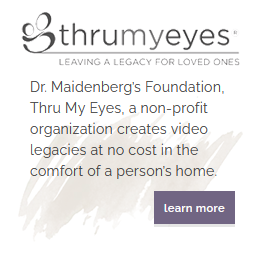VIRTUAL REALITY THERAPY
Now offering virtual reality therapy (VR) for fears and phobias. It’s a newer type of evidence based treatment for social and performance anxiety, fears of flying, bridges, spiders, etc.
With the Guided Meditation VR program, users can find their happy place by putting on their Oculus headset and becoming immersed in one of four relaxing environments. The meditation experience can reduce stress and anxiety from daily life, according to research published in the American Journal of Psychiatry. [9 DIY Ways to Improve Your Mental Health]. Virtual reality can also act as a therapeutic tool for those who experience more debilitating stress, including PTSD, and panic disorders or phobias, researchers say. Virtual-reality tech could provide a safe environment for patients to come in contact with the things they fear, while remaining in a safe, controlled environment. A study published in the American Journal of Psychiatry in 2014 found that this type of VR exposure therapy alone was as good as a combination of drug and VR therapy for war veterans suffering from PTSD.

Virtual Reality Exposure Therapy (VRET) was first developed to treat anxiety disorders, such as specific phobias, social anxiety, and PTSD. Using this approach, the person faces their fear in a virtual world, which simulates the feared situation. The patient wears goggles and headphones and experiences visual, auditory, and kinesthetic (or physical) information immersing them in the situation. The patient will “feel” like they are “there,” and with the trained clinician asking specific questions and creating patient specific events to occur in the software, the patient will respond physically and emotionally as if the situation was real. VRET is especially helpful when in vivo exposure is difficult to arrange or challenging to control. For instance, to treat fear of public speaking, it is nearly impossible to assemble a group of people to serve as an audience. For fear of flying, clinicians can’t guarantee turbulence, storms, or unfamiliar noises. In VRET, the clinician has complete control over these and many other fear provoking triggers, which results in a patient-tailored exposure session, that can be repeated as many times as clinically necessary. This gives the patient a greater sense of mastery and control when faced with real life anxiety.
VRET is offered for the following problem areas:
• Phobias (Fear of flying, public speaking, heights, storms, closed spaces, and childhood social anxiety in school)
• Job Interviews
• Acute Pain Procedures (e.g., injections, intravenous line placement, dental procedures, burn treatment, broken bone repair, etc.)
Studies have shown that virtual reality therapy can be just as effective as in-vivo exposure, and many people seek out our specialty services as a way of addressing long-standing fears and other challenging problems. VRET does not replace standard CBT, it simply becomes one more technique at our disposal at the point when exposure therapy becomes the primary intervention.


